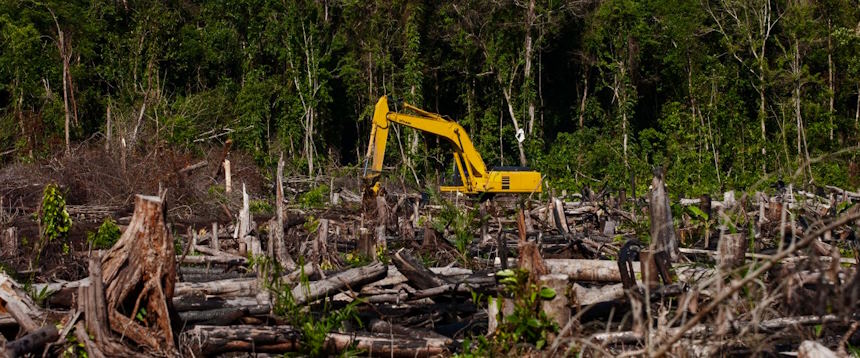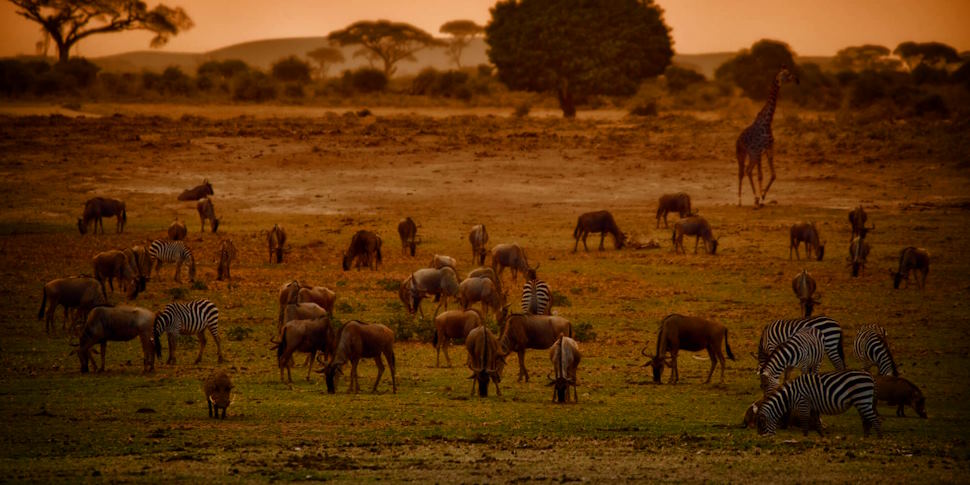The incredible variety of life on Earth is essential for the health and functioning of our planet. It encompasses the countless species of plants, animals, and microorganisms, as well as the intricate web of ecosystems they inhabit.
However, in recent decades, our planet has been suffering from significant loss of biodiversity at an alarming rate. This loss poses a grave threat to the natural world, human societies, and their well-being.
What are the causes of biodiversity loss?
Biodiversity loss is primarily driven by human activities that directly or indirectly impact ecosystems and species.
Habitat Destruction and Fragmentation
The conversion of natural habitats for agriculture, urbanization, infrastructure development, and resource extraction leads to the destruction and fragmentation of ecosystems. This process eliminates critical habitats and disrupts ecological connectivity, making it challenging for species to survive and thrive.
Deforestation
Large-scale deforestation, particularly in tropical rainforests, has a devastating impact on biodiversity. Trees are cleared for timber, agriculture, and other economic activities, resulting in countless species’ habitat loss.

Pollution
Pollution, in the form of chemical contaminants and waste, poses a significant threat to biodiversity. For example, air pollution from industrial emissions and vehicle exhaust can harm plant and animal life, while water pollution from agricultural runoff, industrial discharge, and plastic waste endangers aquatic ecosystems.
Climate Change
Rising temperatures, altered precipitation patterns, and extreme weather events directly impact ecosystems and species’ ability to adapt.
Overexploitation of Natural Resources
Unsustainable exploitation of natural resources, including overfishing, illegal wildlife trade, and excessive hunting or trapping, can lead to the depletion and extinction of species.
How can we solve this problem?
Solving the problem of biodiversity loss requires a comprehensive approach that involves conservation efforts, sustainable land-use practices, biodiversity-friendly policies, international cooperation, combating climate change, education and awareness, collaboration with indigenous and local communities, and research and innovation. By addressing the root causes of biodiversity loss and promoting sustainable practices, we can work towards preserving the planet’s rich biodiversity and ensuring a sustainable future for all species.
How can we prevent biodiversity loss?
First of all, we must protect and conserve natural habitats, including forests, wetlands, and marine ecosystems.
Besides, we should adopt agricultural techniques that minimize habitat destruction, such as sustainable agriculture and responsible forestry.
Don’t forget that addressing climate change is essential. Reducing greenhouse gas emissions, transitioning to renewable energy sources, and promoting energy efficiency are effective measures.
Try to promote responsible consumption. By making conscious choices and supporting sustainable products, we can reduce the demand for goods that harm biodiversity and contribute to habitat destruction.







